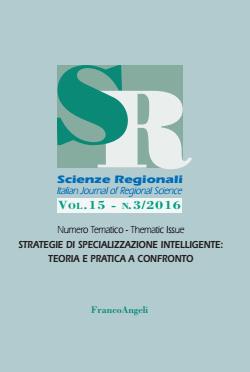
L’Ufficio di Presidenza della "Commissione parlamentare d’inchiesta sul fenomeno degli infortuni sul lavoro e delle malattie professionali" del Senato della Repubblica, ha promosso un’attività di valutazione delle politiche di propria competenza, che testimonia, insieme a molte altre, del crescente interesse manifestato dal Senato per il tema della valutazione. La Commissione ha incaricato alcuni esperti del CNR di avviare dapprima uno studio di fattibilità e, a seguire, un’attività di valutazione relativa agli incentivi agli investimenti in sicurezza nei luoghi di lavoro. Il lavoro presenta non solo le caratteristiche del disegno di valutazione (lo studio non è concluso) ma soprattutto l’esperienza fatta nella relazione fra valutatore, committente e ente gestore. Il ruolo particolare della valutazione nella missione degli organi legislativi impone sia caratteristiche specifiche alla valutazione stessa, sia peculiarità nel rapporto con il committente che vengono esaminate nel saggio.





